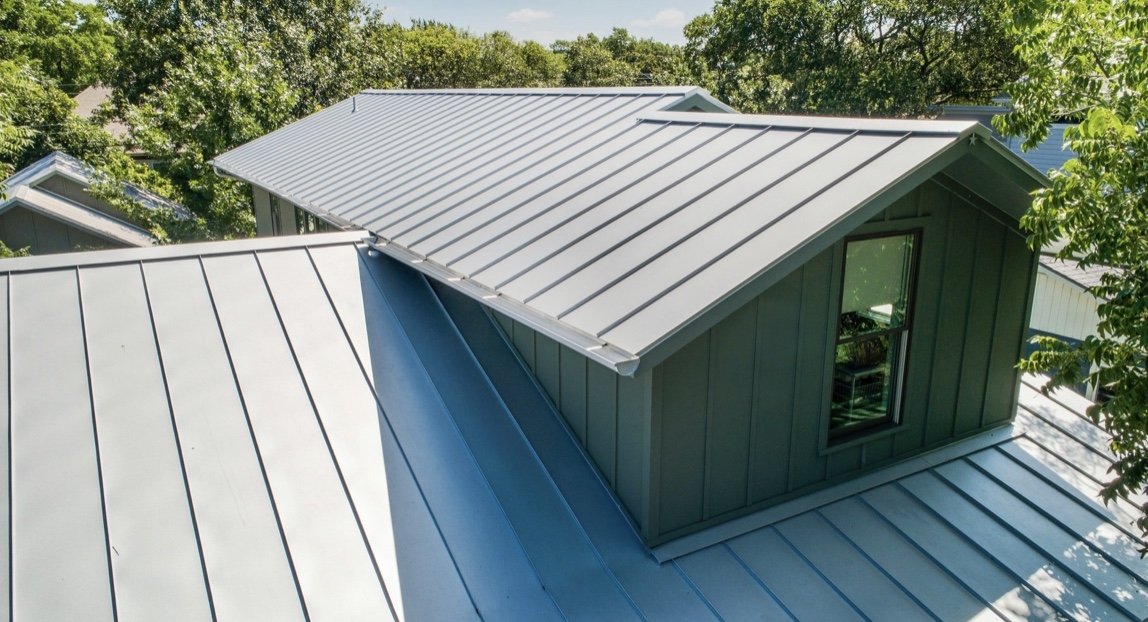Hands-On Hardening Your Home
By Sophie Dalager, WellKind Forestry Intern
Sophie Dalager was an intern for WellKind Forestry during our summer 2022 session, exploring wildfires and other environmental topics.
Source: NPR
From a distance, you see a wildfire sweltering. Smoke fills the air as the bright red and orange flames continue to grow. Fire alarms are blaring, fire trucks are rushing up and down your street, your neighbors are running in and out their houses scrambling to take as much as their belongings as possible. You feel helpless. Everything you own will soon be gone and your house left in pieces. If only there was anything you could have done to prepare for this situation…
What is home hardening?
Hardening your home includes techniques and practices that help protect or decrease damage that may occur to your home during a wildfire. Your home’s ability to survive a wildfire is largely based around what your home is built with.
Why should you harden your home?
It is good to harden your home in case of a wildfire near you. It will help increase the survivability of your home when a wildfire strikes.
some simple ways to harden your home:
Source: Stack Wall.
Your Fence
Driveway/Access roads
It is important that your fence is separate from your house. That way, if your fence strikes fire, it will not immediately spread to your home. It is also best practice to have the last 5 feet of your fence be of a non-combustible material (CALFIRE, 2021).
Your driveway should provide quick in-and-out access to your home at all times. Vegetation overhanging your road should be trimmed to allow emergency vehicles to pass (CALFIRE, 2021).
A fire-proof roof.
Your Deck
Your Roof
Move patio furniture away from your home. Firewood and propane tanks should be stored at least 30 feet from your home. It is recommended to routinely remove debris from your deck surface. If you are considering reconstruction, look for ignition-resistant, non-combustible materials to build with (Firewise Corte Madera, n.d.).
Since your roof is the most vulnerable part of your home in a wildfire, you should routinely remove debris from it. Although costly, consider replacing your roof with metal or a noncombustible composition, or perhaps clay tile (Kocan, 2022). Wood and asphalt shingles easily catch fire.
Stucco walls are fire-resistant.
Your Siding
Your Walls
When building or reconstructing your home, use non-combustible siding such as fiber-cement, three-coat stucco, and brick, which provide the best protection. Also, some wood sidings can be treated with exterior fire retardant chemicals and may improve performance against wildfires. These types of sidings are much more resistant than wood.
Traditional wood materials such as wood shingles, boards and panels are very easily flammable. Consider building or remodeling your walls with fire-resistant materials such as stucco, fiber cement wall siding, and wood treated with fire retardants (Cal Fire, 2019).
A double-paned window. Source: California Energy Contractors.
Your Vents
Your Windows
Vents create easy openings for flying embers. This means you should replace your current vents with ember-resistant ones. Alternatively, you can cover all vent openings with 1/16-inch to 1/8-inch metal mesh. Do not use fiberglass or plastic mesh, because they can melt and burn.
Glass easily shatters with high heat, allowing fires easy access to your home. Single-paned and large windows are the least resistant. Instead, consider dual-paned windows with one of the panes having high heat resistance. Also, putting a screen in your window makes fire access more difficult. Vegetation should also not be in close proximity to windows (Kocan, 2022).
Conclusion
Preparing the interior of your home is not largely discussed when talking about wildfires; we tend to overemphasize cutting forests to stop fires when home hardening is a far more effective approach. The fewer building materials and objects that can be used as fuel for the fire, the better. Your properly accessible and prepared firewise home ignition zone will help to keep fire to a minimum and possibly save your home (Firewise Corte Madera, n.d.).
References
CALFIRE. (2022, June 15.) Hardening Your Home. Ready for Wildfire, www.readyforwildfire.org/prepare-for-wildfire/get-ready/hardening-your-home/.
Firewise Madera County. “Harden Your Home - Firewise® Madera County.” Firewise Madera County, firewisemaderacounty.org/harden-your-home/.
Kocan, Elizabeth. (2022, May 20.) What Is Home Hardening and How It Can Help Permanently Protect Your Home from Wildfires. USA Today, Gannett Satellite Information Network, www.usatoday.com/story/money/reviewed/2022/05/17/wildfire-home-hardening-how-increase-your-homes-fire-resistance/9806787002/.





